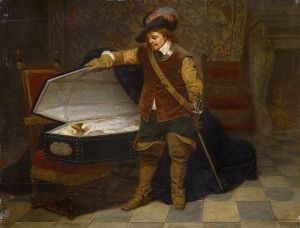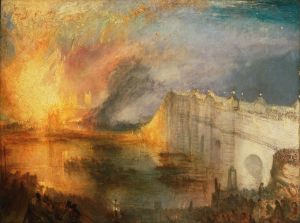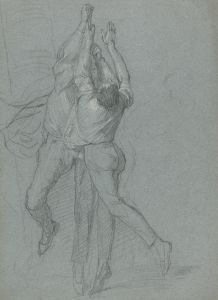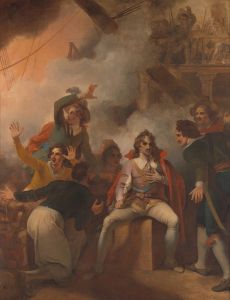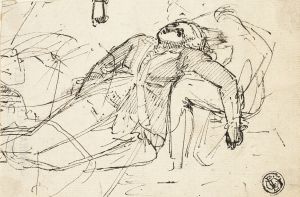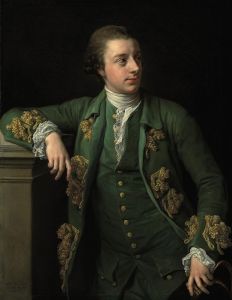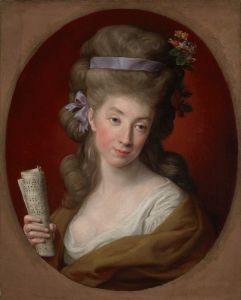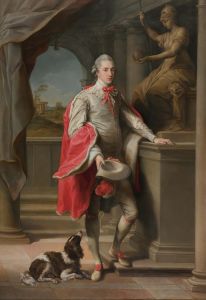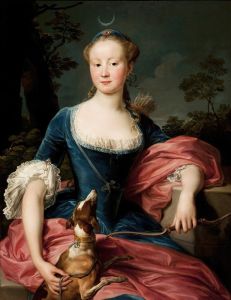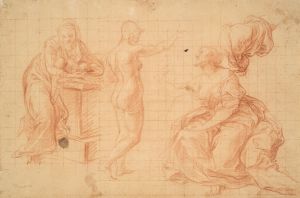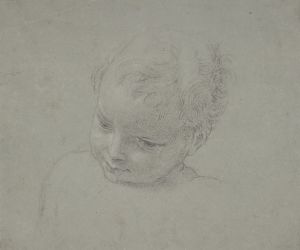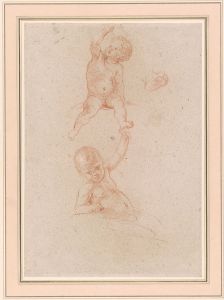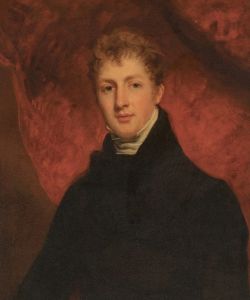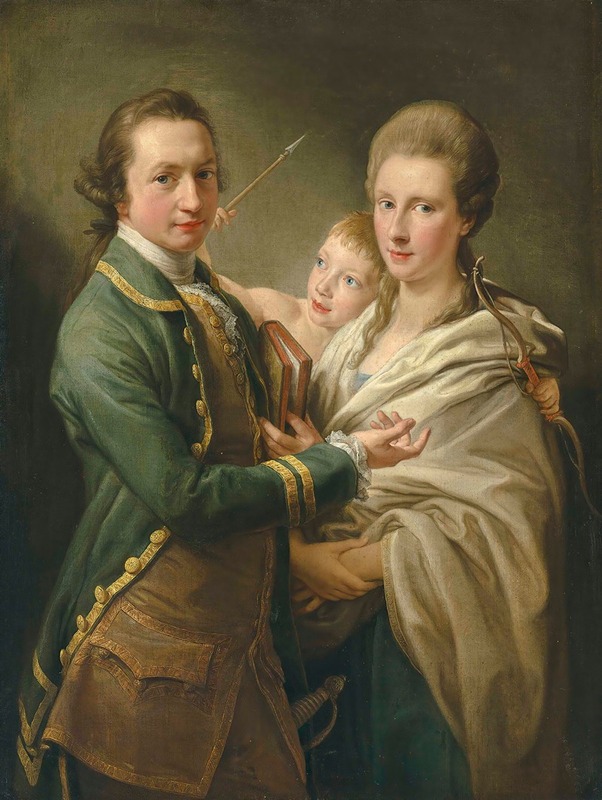
Arthur Saunders Gore, Viscount Sudley, later 2nd Earl of Arran , and his wife
A hand-painted replica of Pompeo Batoni’s masterpiece Arthur Saunders Gore, Viscount Sudley, later 2nd Earl of Arran , and his wife, meticulously crafted by professional artists to capture the true essence of the original. Each piece is created with museum-quality canvas and rare mineral pigments, carefully painted by experienced artists with delicate brushstrokes and rich, layered colors to perfectly recreate the texture of the original artwork. Unlike machine-printed reproductions, this hand-painted version brings the painting to life, infused with the artist’s emotions and skill in every stroke. Whether for personal collection or home decoration, it instantly elevates the artistic atmosphere of any space.
Pompeo Batoni, an eminent Italian painter of the 18th century, was renowned for his exquisite portraits that captured the elegance and status of the European aristocracy. Among his notable works is the portrait of Arthur Saunders Gore, Viscount Sudley, who later became the 2nd Earl of Arran, and his wife. This painting is a quintessential example of Batoni's ability to blend the grandeur of the aristocracy with the refined artistic style of the period.
Arthur Saunders Gore was born on July 25, 1734, into the Irish nobility. He was the eldest son of Arthur Gore, 1st Earl of Arran, and Jane Saunders. As Viscount Sudley, he held the courtesy title before inheriting the earldom from his father in 1773. His marriage to Hon. Catherine Annesley, daughter of William Annesley, 1st Viscount Glerawly, further cemented his status within the aristocratic circles of the time.
The portrait by Batoni, likely commissioned during a Grand Tour—a customary trip through Europe undertaken by young European aristocrats—captures the couple in a setting that reflects their social standing and personal refinement. Batoni was a favored artist among British and Irish nobility visiting Rome, where he was based, and his portraits often served as a memento of their travels and status.
In the painting, Batoni employs his characteristic style, which combines the formal elegance of Baroque art with the emerging sensibilities of Neoclassicism. The couple is depicted with a sense of grace and poise, their attire and demeanor reflecting the fashion and decorum of the 18th-century aristocracy. The use of rich colors and meticulous attention to detail are hallmarks of Batoni's work, evident in the luxurious fabrics and the subtle rendering of textures.
Arthur Saunders Gore, as the 2nd Earl of Arran, played a role in the political and social spheres of his time, though his influence was primarily within the context of the Irish peerage. His tenure as Earl was marked by the responsibilities and privileges that came with his title, including participation in the Irish House of Lords.
The portrait not only serves as a representation of the individuals but also as a historical document that provides insight into the cultural and social milieu of the 18th century. Batoni's work is celebrated for its ability to convey the personality and status of his subjects, and this painting is no exception. It remains a valuable piece for both its artistic merit and its historical significance, offering a glimpse into the lives of Arthur Saunders Gore and his wife during a period of elegance and transformation in European history.
Today, Batoni's portraits, including that of Viscount Sudley and his wife, are appreciated for their artistic excellence and their role in documenting the lineage and legacy of European nobility. The painting stands as a testament to Batoni's skill and the enduring allure of his work in capturing the essence of his distinguished subjects.





